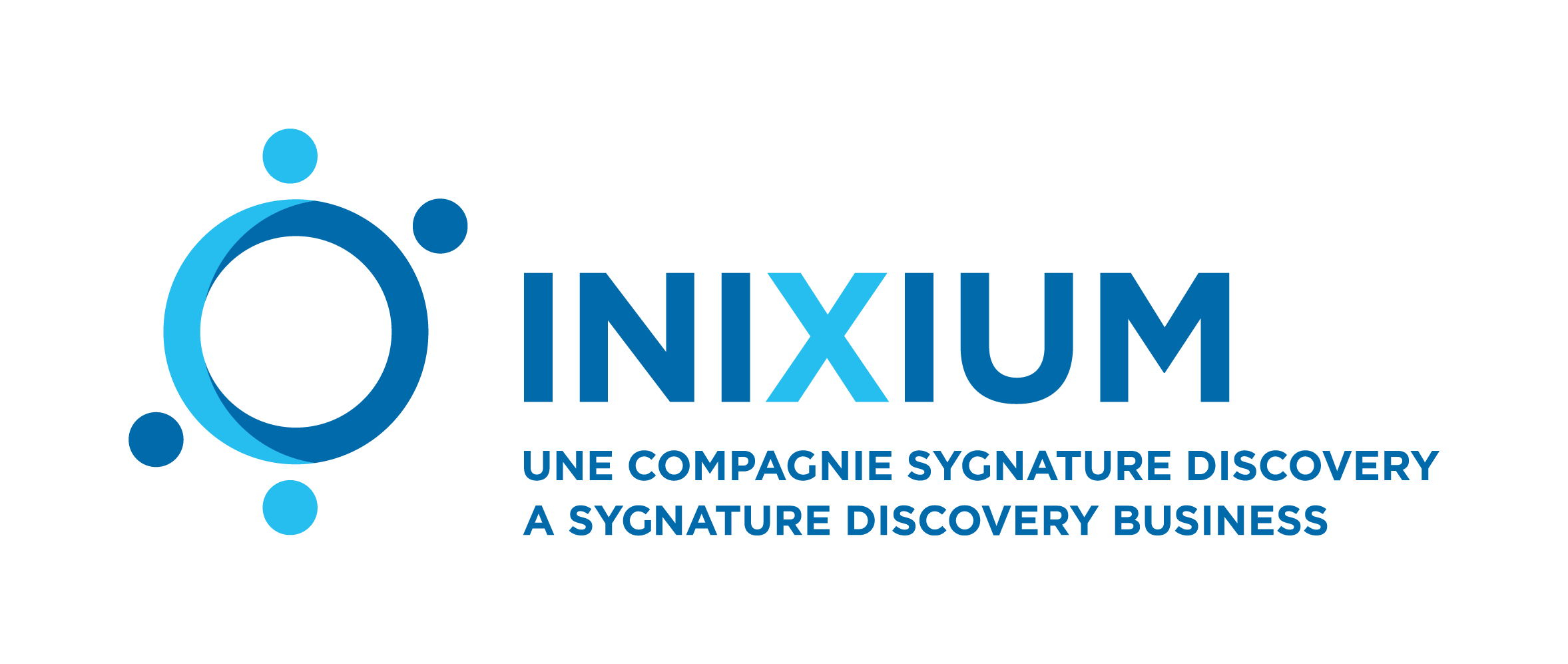Protein crystallography
The core of what IniXium offers is protein structure determination by x-ray crystallography. We established a state-of-the-art industrial quality robotized lab to enable any protein crystallography project to support your drug discovery programs. Our expert crystallographers have experience with a wide range of targets going from viral polymerases to membrane proteins, and they put all their expertise to your service. The crystallization process at IniXium is streamlined to quickly establish the crystallizability of your target. Based on our experience, we selected 4 x 96 non-redundant conditions from commercial screens that cover a wide crystallization space. Drops are set both at 22°C and 8°C and imaged regularly. Once hits have been identified, the conditions are optimized to get larger single crystals, often with seeding and microseed matrix seeding (MMS). For an enabled system, seed stocks are kept to rapidly reinitiate a project when new compounds arrive. In several cases, co-crystallization is required, and these seeds come in very handy.
crystal optimization
Initial crystallization hits often need to be optimized for high resolution and ligand soaking. Once hits have been identified, we use the Alchemist pipetting robot to optimize the conditions to obtain stable crystals that diffract to high resolution and are ready for compound soaking. For every project, we always try to get 2-3 different crystal forms to have more choices for compound soaking and keep seed stocks to rapidly reinitiate a project.
crystallization imaging
Crystallization trays are incubated at room temperature in our robotized imaging system equipped with a uv/vis microscope for crystallization evaluation. Two additional incubators area available for screening at different temperatures. The system allows for an attendance-free scheduling of crystal tray imaging, speeding up the process of crystal identification. In addition, the uv images help us identify protein crystals versus salt or ligand crystals, preventing us from chasing false positives.
Structure determination
IniXium has access to an in-house gallium x-ray source and several synchrotron facilities for crystal screening and data collection. The data is collected remotely by IniXium’s personnel and immediately processed. We can thus get rapid information on the quality of the crystals, and calculate electron density maps on the fly to confirm the presence of your compound in a complex.
Structures are solved by molecular replacement (MR), single anomalous dispersion (SAD) or multi-wavelength anomalous dispersion (MAD).
